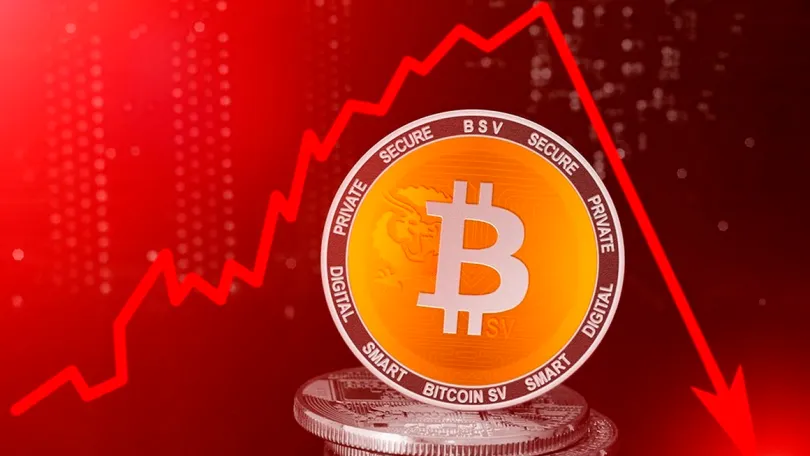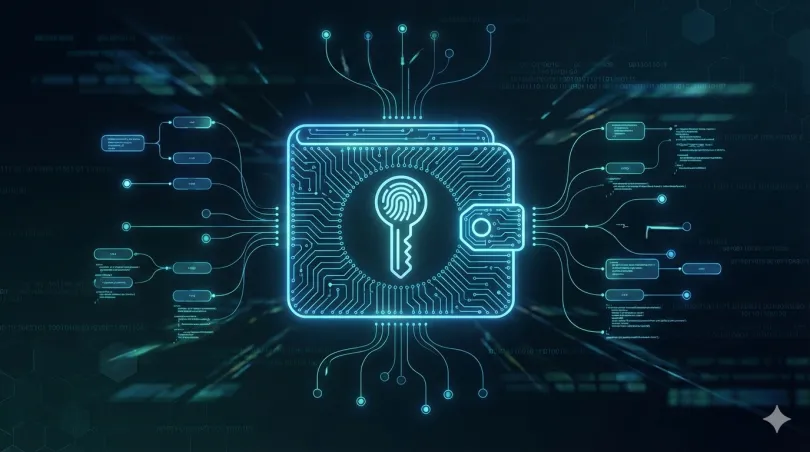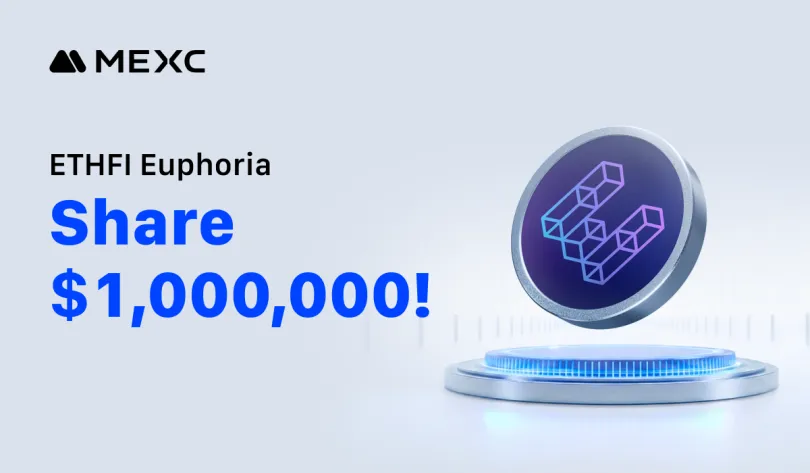
The Bitcoin network's hashrate exceeded 1.03 zethash per second (ZH/s) for the first time on a 7-day average. This indicator reflects the total computing power of the network and serves as the main indicator of its resistance to attacks.
However, as power increases, so does the #mining difficulty, which directly affects mining profitability. This is a serious challenge for small miners: with high electricity rates and outdated equipment, the business quickly becomes unprofitable.
Large players, on the contrary, continue to invest in new #ASIC farms and energy-efficient data centers. For them, record values mean a long-term strengthening of their position, while weaker competitors will gradually be pushed out of the market.
For Bitcoin itself, the increase in #hashrate is a positive factor: the network is becoming more reliable, decentralization is strengthening, and investor confidence is growing. In the short term, this may lead to the sale of some of the BTC mined by miners, but in the long term, the signal remains bullish.




























